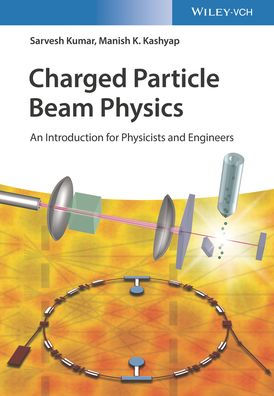Charged Particle Beam Physics: An Introduction for Physicists and Engineers
This scientifically up-to-date book lays the foundation for modeling, designing and implementing accelerator device components, using modern approaches such as the transfer-matrix method and numerical simulation using beam optics codes.
1146627810
Charged Particle Beam Physics: An Introduction for Physicists and Engineers
This scientifically up-to-date book lays the foundation for modeling, designing and implementing accelerator device components, using modern approaches such as the transfer-matrix method and numerical simulation using beam optics codes.
139.95
Pre Order
5
1

Charged Particle Beam Physics: An Introduction for Physicists and Engineers
272
Charged Particle Beam Physics: An Introduction for Physicists and Engineers
272Hardcover
$139.95
139.95
Pre Order

From the B&N Reads Blog
